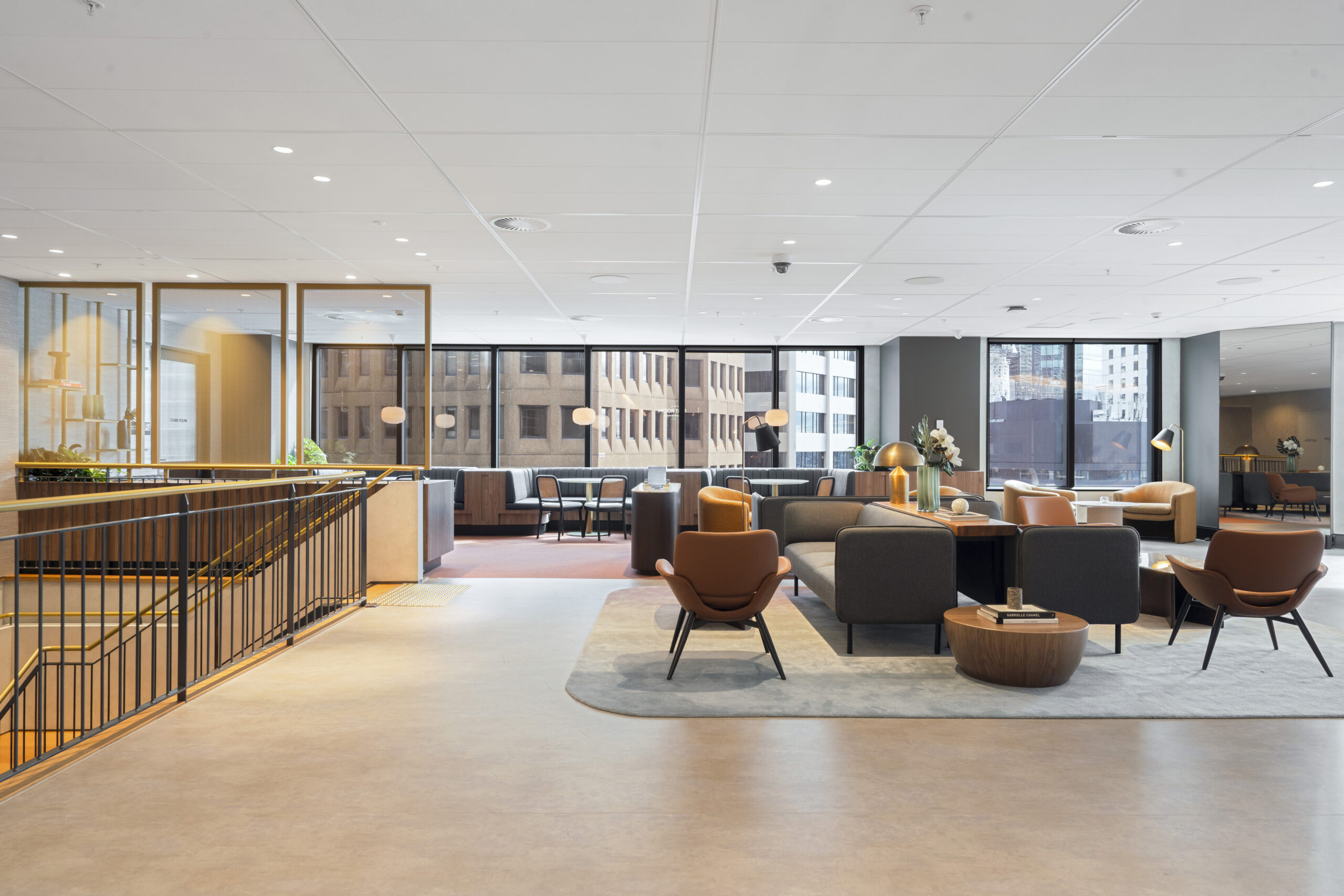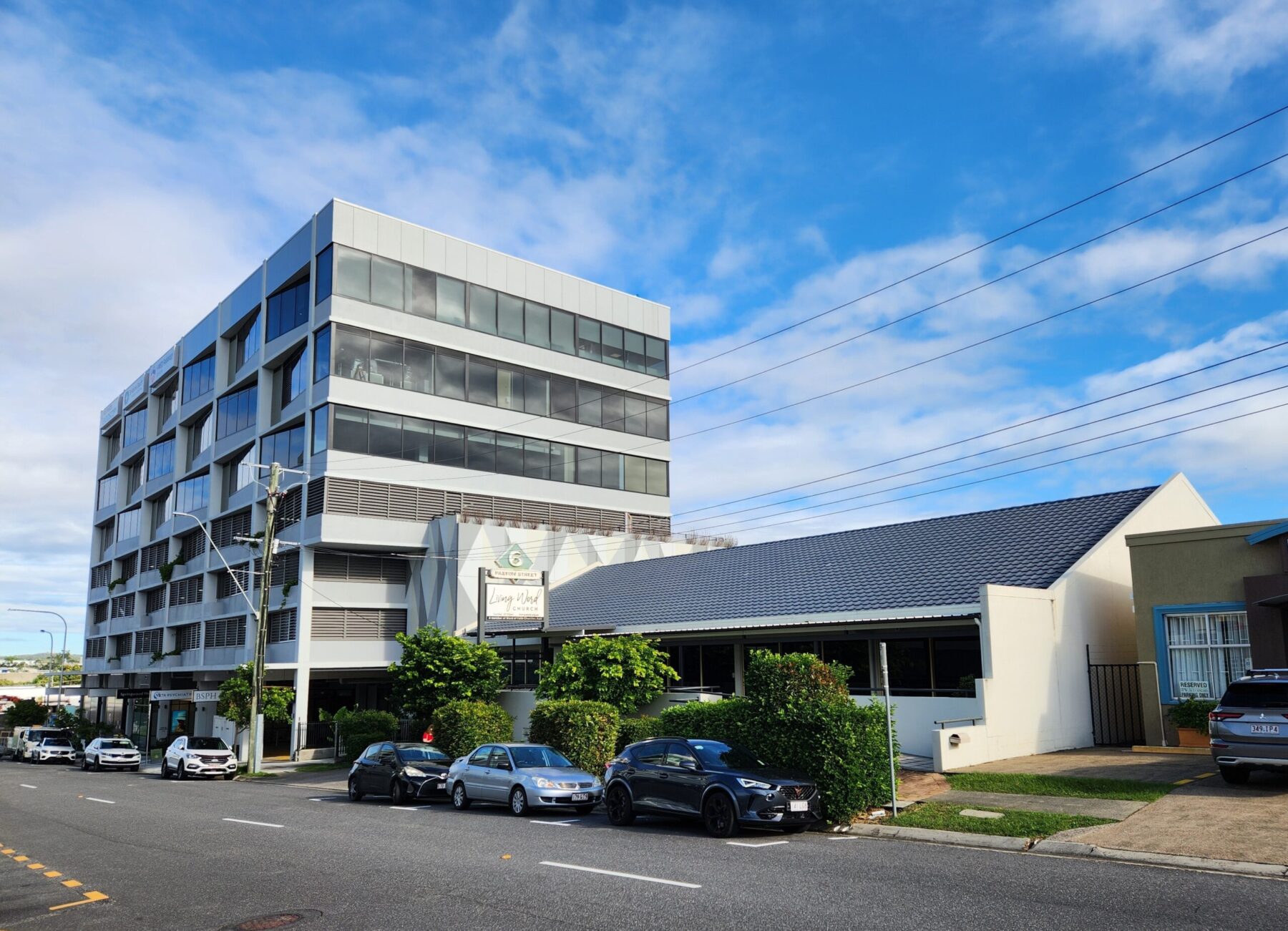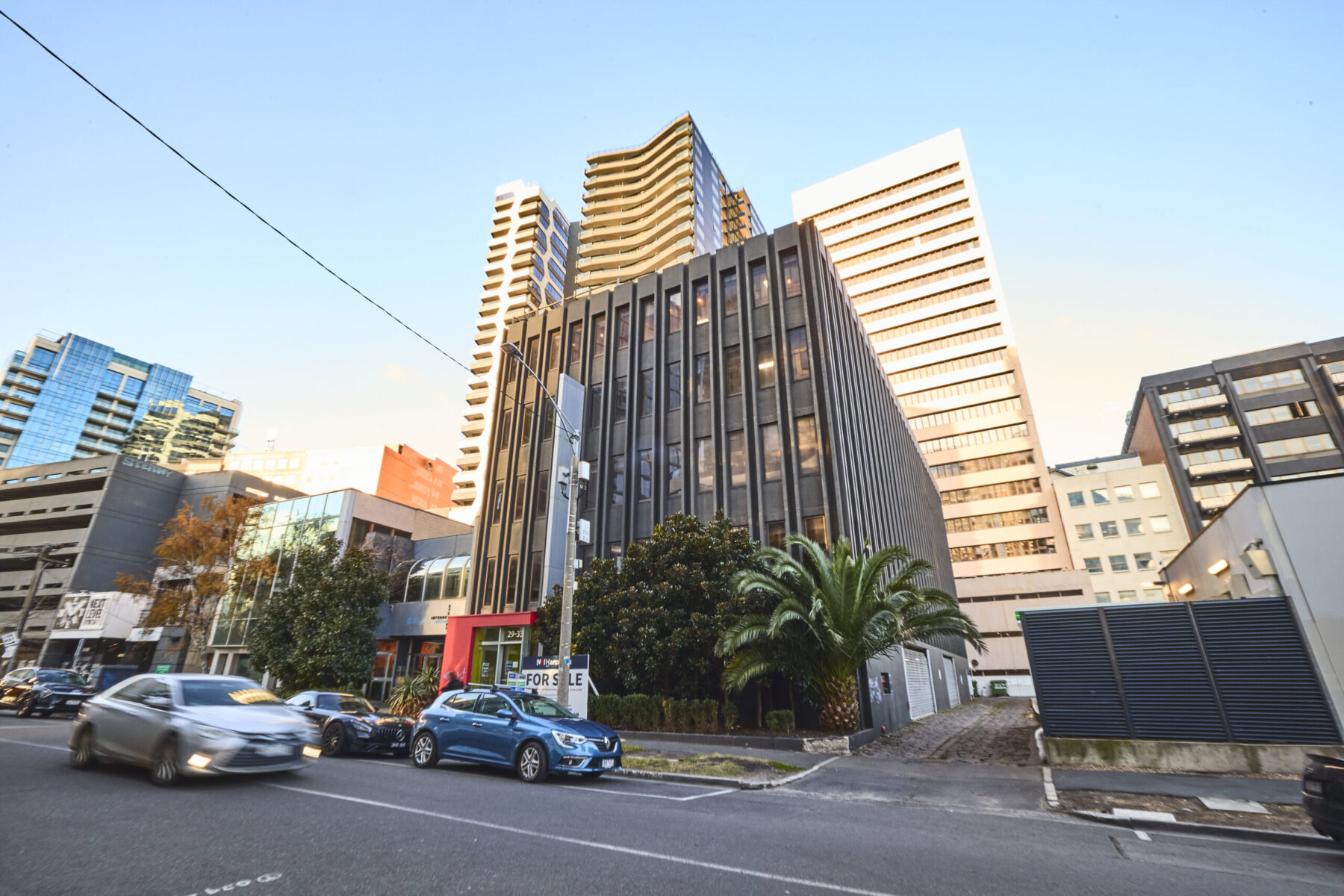
Three years of pandemic life have completely transformed the office market. We have seen the demands of tenants changing drastically, with new trends emerging among them. Amid this shifting landscape, those wishing to invest in or manage office property may be wondering where to start.
Before taking the leap and investing in office property, here are five things to consider:
1. Quality over quantity
Post-pandemic, workers and employers are re-evaluating their office needs. Many organisations have adopted a hybrid working model whereby employees are only in the office a few days per week. As employers look for creative ways to lure employees back to the office, tenants are valuing the quality of the space over its size.
Some features piquing tenant interest include co-working spaces, which can provide a more casual atmosphere and offer a range of attractive amenities, including end-of-trip facilities, soundproof booths, coffee machines, and a modern design. Flexible co-working spaces also allow employers to only pay for the space they need and scale up and down as required.
Offering a variety of workspaces and amenities can make employees want to come to work, rather than choose to. Property investors would be wise to respond to this flight to quality by investing in a smaller, but more high-quality space that includes co-working.
2. Location, location, location
Pre-pandemic, a CBD location was considered the gold standard for office property. However, the rise of WFH has revealed that staff increasingly want to live and work in the same place, meaning more and more organisations are investing in satellite offices in the city fringes. Examples include design software company Canva, which has positioned its headquarters in Surry Hills, and the rise of Cremorne in Melbourne, a suburb that is currently experiencing an office development boom.
City fringe locations can offer shorter commute times for employees, more space, and staff parking. This added level of convenience makes it more attractive to attend the office, giving employers and landlords an edge in an increasingly competitive talent market. For investors, fringe locations can also run cheaper than those within a CBD environment.
3. Flexible lease terms
Historically, office landlords have enjoyed long tenant lease terms of around three to five years, typically checking in six months before the end of the lease to ensure the tenant will renew. This is another element changed by the pandemic following years of uncertainty, as tenants are now on the lookout for flexible leasing terms.
Post-pandemic, the adoption of flexible lease terms by proactive landlords has led to those buildings enjoying higher occupancy rates.
We are likely to see this trend continuing, meaning that property managers and landlords should consider shorter or more flexible leasing terms to accommodate these changing demands.
4. Proptech integration
In 2023, proptech will continue to shape the commercial property management industry. Those who harness data and insights about their portfolio will be given a key advantage in this competitive market.
Before investing in an office building, investors must first consider how they will manage it. Implementing commercial property management software can make life much easier when juggling
multiple tenants and office buildings, by automating standard processes such as maintenance requests, inspections, and rental payments.
5. Sustainable buildings
As time goes on, tenants grow more conscious of the human impact on our environment, which includes how properties are built and maintained. Many tenants are continuously on the lookout for buildings with sustainable features. This is specifically evident in the new generation of workers who are conscious of these wider trends.
For investors, consider investing in buildings that include sustainable features such as solar panels, rainwater harvesting, energy efficient operations or on-site urban greening projects. Sustainable buildings are a big green tick for many tenants and may just get them over the line from a maybe to a yes when it comes to making the decision to lease the office space.
By Tom Wallace, CEO of Re-Leased



